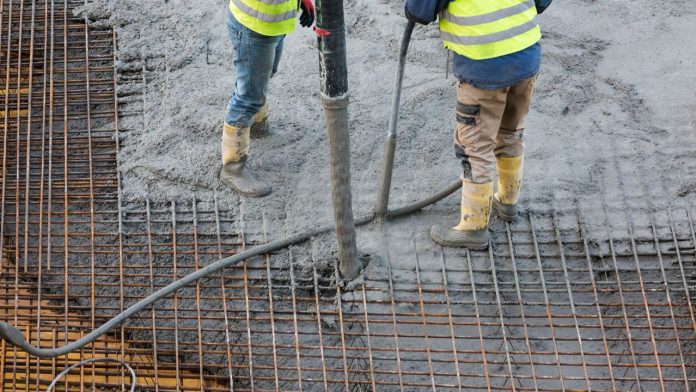How to Write a Winning EMT Resume in 2025
Being an Emergency Medical Technician is not just a job. It is a role that comes with huge responsibility. When people are in trouble and every second matters, you are one of the first faces they see. That is why your resume needs to do more than list your work history. It needs to show that you have the skills, training, and dedication to step in when it counts.
This guide will walk you through how to put together an EMT resume that gets noticed, whether you are just starting out or have years of experience.
Why Your EMT Resume Matters More Than You Think
A lot of people underestimate the importance of their resume. They think, “I will just list my jobs, add my certification, and that is good enough.” The truth is, hiring managers often have a big stack of resumes to look through. If yours is not clear, organized, and tailored to the job, it could get skipped.
Your resume is like your first patient assessment. You have a short amount of time to make a good impression, gather the important facts, and present them in the right way. A well-written EMT resume tells the employer:
- You know your stuff.
- You can communicate clearly.
- You pay attention to detail.
If you are unsure about what to include, it can help to look at an emt job description resume. It will give you a good sense of the skills and keywords employers want to see.
The Key Parts of an EMT Resume
Let’s break down the sections you should have and what to put in each one.
1. Contact Information
This might seem obvious, but make sure it is complete and up to date. List your full name, phone number, email address, and your city and state. You do not need to put your full mailing address unless the employer specifically asks for it.
2. Professional Summary
This is a short paragraph at the top of your resume. Think of it as your “elevator pitch.” In 3–4 sentences, explain who you are, your EMT level, your years of experience, and your top skills.
Example:
“Certified EMT-B with two years of experience in high-volume urban environments. Skilled in rapid patient assessment, safe transport, and effective communication with both patients and medical staff. Dedicated to delivering compassionate and efficient emergency care.”
3. Certifications
Do not make the employer dig to find your credentials. Put your EMT level right here, along with CPR, AED, ACLS, or any other relevant certifications. Include the issuing organization and the year they were earned or renewed.
4. Skills
List a mix of technical and soft skills.
Technical skills could be:
- Patient assessment
- Wound care
- Emergency vehicle operation
- IV insertion
- Equipment setup and maintenance
Soft skills could be:
- Teamwork
- Communication
- Problem-solving
- Empathy
- Staying calm under pressure
5. Work Experience
This is where you show what you have done and how well you have done it. Start with your most recent role and work backwards. For each job, list the job title, employer, location, and dates worked. Under that, add bullet points that highlight your responsibilities and achievements.
Instead of just saying “Transported patients,” give more detail:
- “Provided emergency care and safe transport for an average of 12 patients per shift, ensuring timely arrival at medical facilities.”
- “Worked alongside fire and police departments during multi-agency emergency responses.”
6. Education
List your EMT training program, the school or training center, and the year completed. If you have a college degree, add that too.
Tailoring Your Resume to Each Job
One mistake people make is sending the same resume to every employer. While it is faster, it is not as effective. Every EMT position is a little different. Some focus more on long-distance transfers, while others are all about rapid 911 responses.
Read the job posting carefully. If it mentions “patient stabilization,” “multi-agency coordination,” or “disaster response,” and you have those skills, put them in your resume. Just make sure you only include what you can actually do.
The Power of Action Words
Employers do not just want to see what you did. They want to feel like you were actively making an impact. Action words can help. Try using:
- Administered
- Coordinated
- Delivered
- Monitored
- Responded
- Trained
These words make your experience sound stronger and more hands-on.
Formatting Your Resume
A good EMT resume should be easy to read. Here are some tips:
- Use a clean font like Arial or Calibri.
- Keep section headings bold and simple.
- Use bullet points instead of paragraphs.
- Keep it to one or two pages.
If you want a quick way to create a clean, professional layout, the Fast Resume Builder for EMTs can save you time and make sure your resume looks sharp.
Common Mistakes to Avoid
Even strong EMT candidates can get passed over if their resume has avoidable mistakes. Watch out for:
- Typos and grammar errors
- Leaving out certifications
- Being too vague about your work
- Making it too long or cluttered
A Few Extra Tips for Success
- Keep your resume updated
Even if you are not looking for a new job, keep your resume fresh. You never know when the right opportunity will come along. - Write for humans first
While it is good to include keywords for Applicant Tracking Systems, remember that a real person will read it. Make it clear and easy to follow. - Be honest
Do not claim skills or certifications you do not have. Employers will check, and honesty matters in healthcare.
Keep building your EMT Resume
An EMT resume is more than a checklist of jobs and skills. It is your chance to show an employer that you can handle emergencies with skill, speed, and compassion. Keep it clear, keep it tailored to the job, and make sure it reflects the professional you are.
If you follow these steps, you will have a resume that not only gets read but also gets you called in for interviews. And that is the first step toward landing the job you want.










